Application and technical key points of lithium-ion batteries in energy
storage scenarios
With the development of the energy storage industry, the advantages of
lithium-ion batteries in energy storage scenarios have also begun to attract
industry attention:
01Energy storage may usher in a new round of industrial boom
The development of the new energy industry has gradually revealed the value
of energy storage. Data show that the cumulative installed capacity of global
chemical energy storage increased by 66.3% year-on-year in 2018, reaching
4868MW. Among them, China's newly installed capacity reached 629MW, a
year-on-year increase of 420%. In order to support the development of the energy
storage industry, my country has introduced a number of favorable policies since
2015:
Driven by national policies, many energy storage projects have entered the
formal implementation stage, and the energy storage industry has entered a
transition period from demonstration to commercialization. At the same time,
lithium battery companies such as BYD, CATL, Guoxuan Hi-Tech, and Yiwei Lithium
Energy are also laying out and planning the energy storage industry chain.
Data show that in 2018, there were a total of 11 domestic energy storage
lithium battery companies with shipments exceeding 100MWh. The top five
companies were BYD, ZTE Peneng, Sunshine Energy, Kellu Electronics and Lixin
Energy. Among them, BYD Energy Storage Lithium Battery Shipments are as high as
1GWh.
02Lithium-ion batteries account for 75% of chemical energy storage
Existing energy storage systems are mainly divided into five categories:
mechanical energy storage, electrical energy storage, electrochemical energy
storage, thermal energy storage and chemical energy storage. Among them, the
cumulative operational scale of electrochemical energy storage in my country is
1.073GW. It is expected that the cumulative operational scale of electrochemical
energy storage will reach 1.92GW by the end of 2019. By 2022, the scale will
exceed 10GW and will be close to 20GW in 2023. (Data as of the end of 2018,
sourced from Zhongguancun Energy Storage Industry Technology Alliance)
Lithium batteries are the main growth point of electrochemical energy
storage, accounting for 75% of the scale of chemical energy storage. In the long
run, the energy storage field will be one of the important application markets
for lithium batteries.
Lithium-ion batteries refer to batteries made of lithium-containing
compounds, which mainly rely on the movement of lithium ions between the
positive and negative electrodes to work. During its charge and discharge
process, there are only lithium ions and no metallic lithium. Compared with
other batteries, the advantages of lithium batteries are: high energy density,
long cycle life, low self-discharge rate, high energy conversion rate, fast
charge and discharge, etc.
In the energy storage system, lithium batteries, lead-carbon batteries, and
lead-acid batteries are all used to store electrical energy. The biggest
difference between lithium batteries and lead-acid batteries is that lithium
batteries must be equipped with a battery management system. At present,
domestic lithium battery technologies mainly include mainstream routes such as
lithium iron phosphate, lithium titanate, and ternary lithium. The power density
of these batteries is much higher than that of lead-carbon batteries.
03Application of lithium-ion batteries in energy storage scenarios
Energy storage is one of the important means to solve the intermittent
fluctuations of new energy wind power and photovoltaic and realize the function
of "peak-cutting and flattening". Energy storage lithium batteries are also
gradually receiving attention as an emerging application scenario.
It is understood that the application scenarios of lithium batteries in the
power supply side, user side, and grid side of energy storage are as follows:
The key applications of energy storage on the power generation side include
optical storage power stations, wind storage power stations, and AGC frequency
modulation power stations; the key points of user-side energy storage include
optical Storage and charging stations, home energy storage, backup power supply,
etc.; grid energy storage includes substation energy storage, virtual power
plants, peak shaving/frequency modulation and other scenarios.
Energy storage lithium batteries have no direct requirements for energy
density, but different energy storage scenarios have different requirements for
the power density of energy storage lithium batteries. Lithium-ion batteries
used in the field of power energy storage require batteries to have safety, long
life, and high energy conversion efficiency. The cycle life is generally
required to be greater than 3,500 times.
Read recommendations:
801738 450mAh 3.7V
Five advantages of lithium iron phosphate battery
Internal Resistance of Square - shaped Lithium - ion Batteries
NiMH battery pack manufacturer
803040 battery
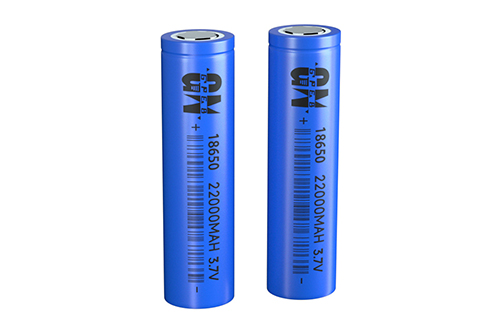
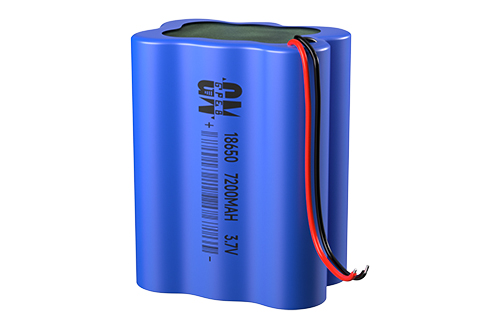

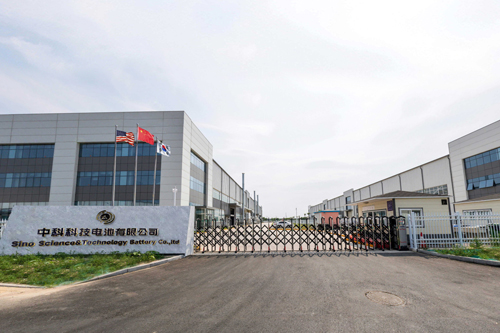







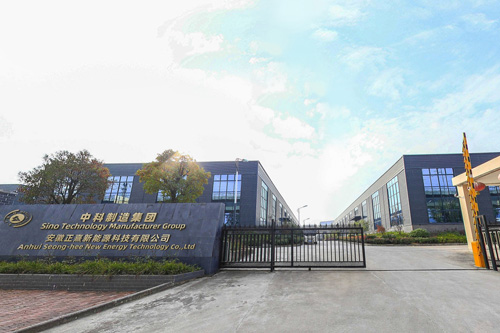








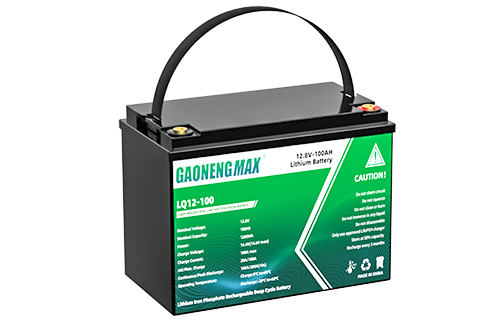


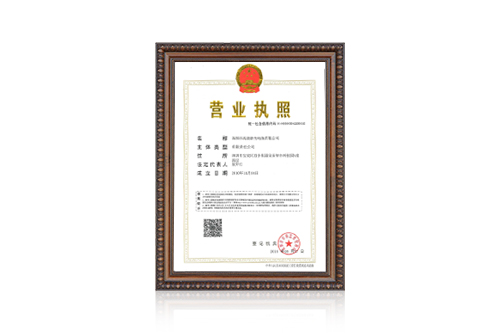
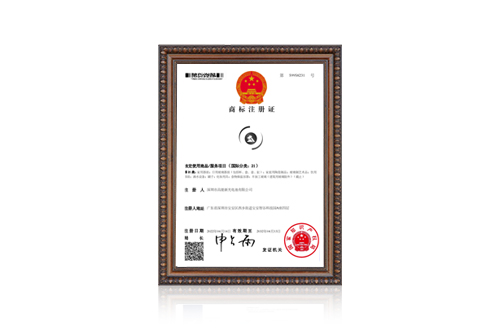
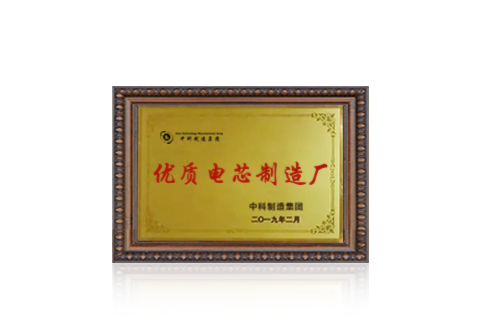

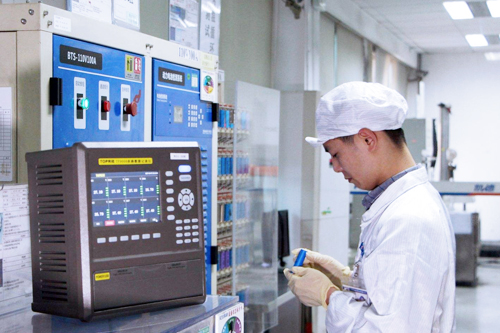















 360° FACTORY VR TOUR
360° FACTORY VR TOUR
 Whatsapp
Whatsapp
 Tel
Tel Email
Email TOP
TOP